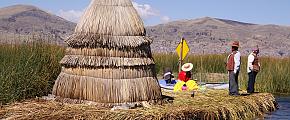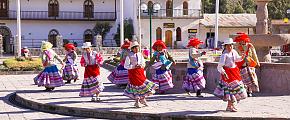How to Plan a Peru Trip
From the awe-inspiring Machu Picchu to the deep Amazon rainforest, Peru is a wonderland that never fails to blow every traveler's mind. A lifetime journey to this magical land begins with your planning, which needs to take into consideration lots of practical things, including when to go, visa requirements, accommodation, transportation, health, safety, etc. Follow this brief guide to plan your dream Peru trip.
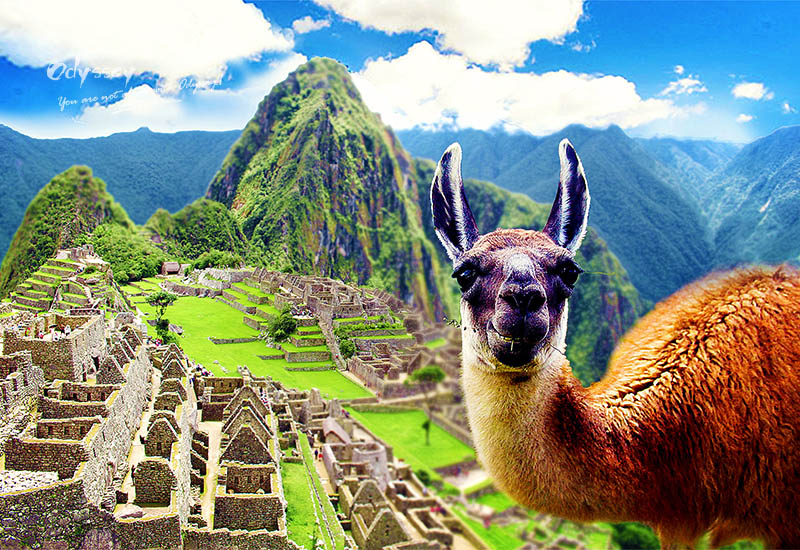 Machu Picchu
Machu Picchu
Best Time Visit
Peru is a place you can visit any time of year because it has two different seasons: the dry season and the wet season. The dry season starts in May and ends in October. This is considered the best time to visit the country, with sunny days and blue skies in the Andes, and cool nights. But being in the high season means that visitors need to make advance bookings. Between November and April is the wet season, with January and February being the wettest. However, the rainy days should not deter you from visiting, as traveling during this period enables you to avoid big crowds, see greener scenery, and enjoy lower rates for flights and hotels. The Amazon also sees rainy days between November and April, yet it doesn't rain all day long and the abundant flora and fauna make your visit worthwhile.
Visa and Passport
Passport holders from the United States, Canada, Great Britain, South Africa, New Zealand, and Australia can enter Peru without a visa for tourism purposes. Tourists are permitted a non-extendable stay of up to 183 days. The immigration office at the point of entry tends to issue 30- or 90- day stays. If you need to stay longer, simply request the full amount of time at the office. Upon your arrival, you'll receive a tourist card called a Tarjeta Andina de Migración (Andean Immigration Card), which tells you the number of days you are allowed to stay and must be returned upon your departure from the country.
Your passport should have at least two blank pages and must be valid for a minimum period of six months from the date you enter Peru. Keep your passport and tourist card with you at all times as you travel through the country, especially in remote areas. For the sake of security, it's best to photocopy both documents and keep the photocopied documents separate from the originals.
Accommodation
Peru offers a wide range of places to stay, from homestays to hostels, guesthouses, beach resorts, jungle and eco-lodges, and high-end international hotels, each with its own price, comfort, and style. Most places to stay are for budget travelers or backpackers, but over the years, there have been more options in the middle price range. If you visit the country during the high season (May-October), be sure to book well in advance.
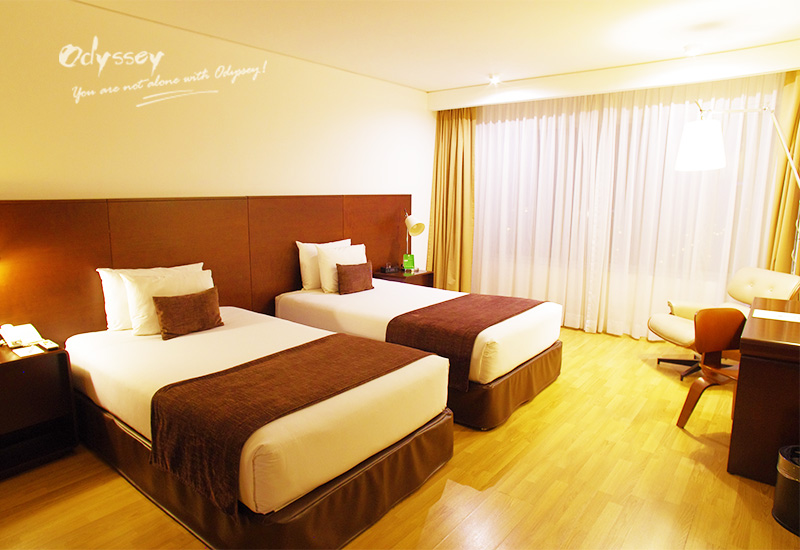 Peru Hotel
Peru Hotel
 Peru Accommodation
Peru Accommodation
Getting Around
Navigating the country is not easy due to its complicated terrain with high mountains, long stretches of desert coast, and a massive rainforest.
By Plane
Air travel is the most practical way to get around the country if you have a very tight schedule. There are flights connecting major cities, though not always directly. It is inexpensive to fly to popular destinations like Lima, Cusco, Arequipa, Puerto Maldonado, and Iquitos.
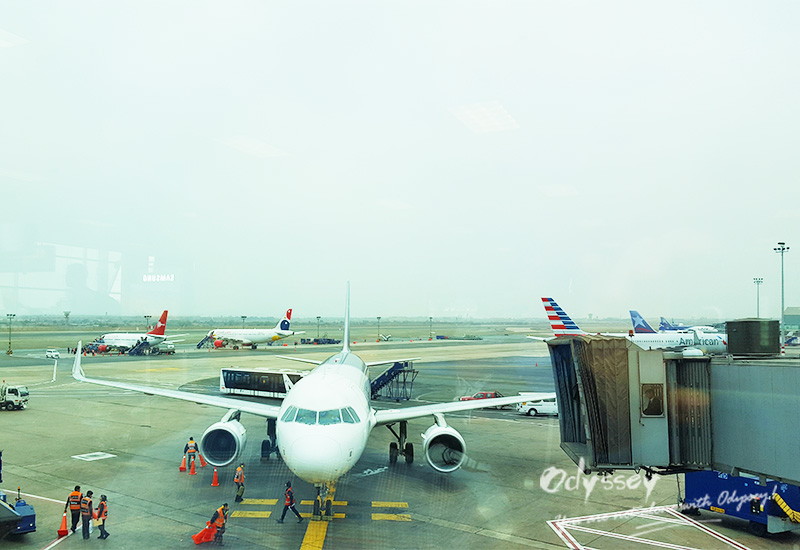 Cusco Airport
Cusco Airport
By Train
Peru offers limited train service, which mainly covers several tourist routes connecting Cusco, the Sacred Valley, Machu Picchu, and other popular destinations.
By Bus
It is the cheapest way for most Peruvians and tourists to get around, and most people use it.
Health and Safety
Water
Tap water is unsafe to drink even in major hotels. Drink only bottled water. Bring the water to a boil to purify it or use water-purification tablets in remote areas where bottled water is not available.
Vaccination
No vaccinations are required for travelers to Peru. However, certain vaccinations are highly recommended. If you plan to visit the jungle areas, it's advised to have a yellow fever vaccination.
Recommended Vaccinations:
Chickenpox: Travelers who've never had chickenpox in the whole country
hepatitis A: All travelers in the whole country
hepatitis B: long-term travelers in close contact with the local population Amazonas, Loreto, San Martín, Ucayali, Junín, Madre de Dios
yellow fever: all travelers Amazonas, Loreto, San Martín, Ucayali, Junín, Madre de Dios
Note: Make sure you schedule vaccinations early. Vaccination against yellow fever must be received at least 10 days before travel to give it enough time to take effect.
Altitude Sickness
Travelers to the highlands of Peru such as Cuzco, Machu Picchu, and Lake Titicaca may be susceptible to altitude sickness which usually occur at heights of 8,000 feet (2,500m) and above and whose symptoms may include headaches, nausea, vomiting, dizziness, malaise, poor sleep and loss of appetite. Even the fittest one may suffer. The good news is there are things you can do to prevent it or at least make it less severe:
1. At each rise of 1000m, spend two nights or more which gives your body time to get accustomed to the altitude;
2. Eat light and avoid any alcohol and tobacco;
3. Drink plenty of water to stay well hydrated;
4. Have coca tea on your arrival at altitude and during your stay.
Notable destinations whose altitude is close to 8,000 feet or above:
Cusco: 11,152 feet (3,399m)
Machu Picchu: 7,972 feet (2,430m)
Lake Titicaca: 12,507 feet (3,812m)
Huancayo: 10,692 feet (3,259m)
Ollantaytambo: 9,160 feet (2,792m)
Money
The new sol is the currency of Peru, but US dollars are also widely accepted though things or services will be slightly more expensive if paid in USD. Due to short supply in small towns, you'll find it hard to change big bills like $100 into smaller notes. Foreign exchange bureaus rather than banks are recommended as their opening hours are longer and usually, offer slightly better rates. ATMs that take debit cards, Cirrus and Plus cards can be easily found in major cities and towns. Credit cards such as Visa and American Express are more widely accepted than MasterCard.
Tips:
1. Inform your credit card company that you will be traveling to Peru so that your card won't be frozen when an unusual activity is detected abroad.
2. Bring small denomination bills that are in good condition if you decide to take dollars to Peru as smaller bills are preferable than large ones and most businesses simply don't take notes even with minor defects. And don't accept torn Peruvian notes as it is very likely that people will not accept them.
3. Avoid changing money on the streets as you may receive counterfeits.
Staying Connected
Cellphone
International roaming rates can be high, a better option would be to buy a local prepaid SIM card (cost: about US$5) that allows you to make and receive local calls, access the internet or social networks and add credit when needed. You can purchase a Peruvian SIM card in Lima and other bigger cities. Make sure your cell phone is unlocked so that it can work with the SIM card provided by Peruvian operators. Note that in some areas such as mountains or jungle, cell phone reception may be poor.
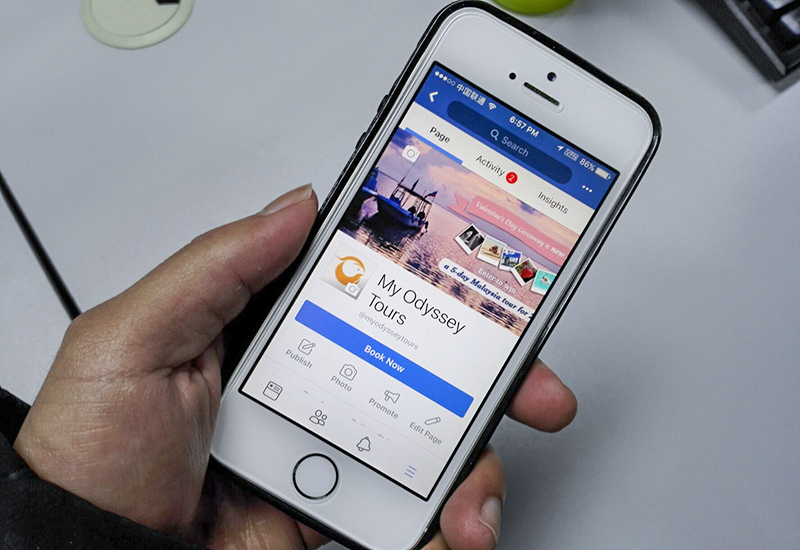 Staying Connected with Cellphone
Staying Connected with Cellphone
Emergency & Important numbers:
Emergency calls: 112
Ambulance: 117
Civil Defense: 115
Police: 105
Fire: 116
National tourist information: 511-574-800
Internet Access
Wi-Fi, either free or charged at reasonable prices, is increasingly popular in airports, hotels, and resorts. Hotels and hostels usually have at least one computer terminal for guests and Internet cafes with low rates can be easily found.
Share this post with your friends if you enjoyed it. Should you need any help planning your trip to this amazing land, feel free to contact our travel specialists who've been there before to customize your dream journey.

